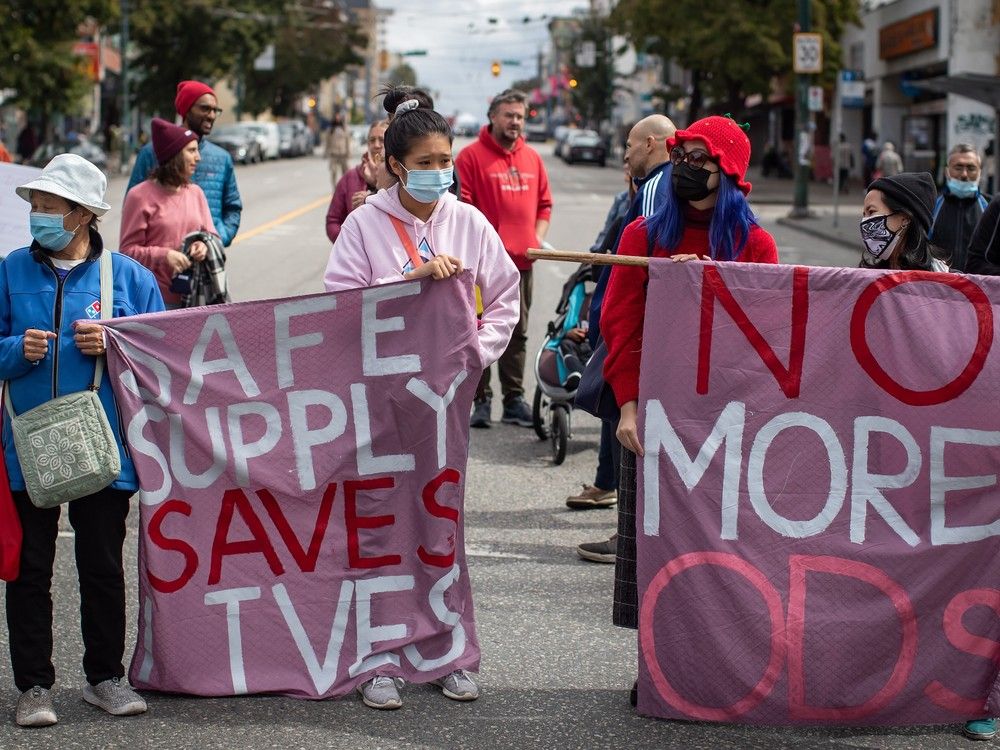cross-posted from: https://lemmy.ca/post/16062938
cross-posted from: https://lemmy.ca/post/16062930
Substance-users who got drugs vetted for fatal contaminants from a now-closed compassion club significantly reduced their overdose rates, keeping them alive during the fatal drug overdose crisis, says a University of B.C. professor involved in newly released research.
The findings, published Thursday in an international drug-policy research journal, tracked 47 participants of a compassion club run by the Drug User Liberation Front (DULF), which received Vancouver Coastal Health funding to test drugs in a University of Victoria lab before selling them to members in a Downtown Eastside storefront in Vancouver



You may call that a solution, but that sounds like continuing the problem (that is, substance abuse).
I think we both agree that safe consumption sites reduce harm. The evidence backs that up.
But if the government is saying there’s not enough money to continue, what’s the next step?
You know what they say: “Prevention is better than cure.”
If we don’t know why people are abusing drugs, we will never be able to fix this problem.
It may be true that some people will simply stop using drugs in their own time (not likely with opioids), the rest die. “Saving them” merely prolongs their inevitable death if they aren’t provided with medical treatment options.
I don’t support “faith based recovery”, simply due to the fact that there are more effective options (like MAT). However, getting 1 out of 10 people to sober up is much better than enabling continued consumption through “safe alcohol consumption sites”, right?
Yes, yes, yes, yes. I do agree!
My original question, however, has not been addressed. With the limited funds available, what approach would be most effective to tackle this problem?
Is it spending more on safe consumption sites? More on treatments like MAT? More on social programs that keep people from becoming addicts in the first place?
I think where the government is at right now, they can only pick one, or they can blend all three with less than adequate support for it all. What do we choose?
On a side note. Why is BC in such bad shape? Safe consumption programs in other cities have saved millions of dollars, further allowing those programs to continue. If BC hasn’t been able to keep the program sustainable, why not??